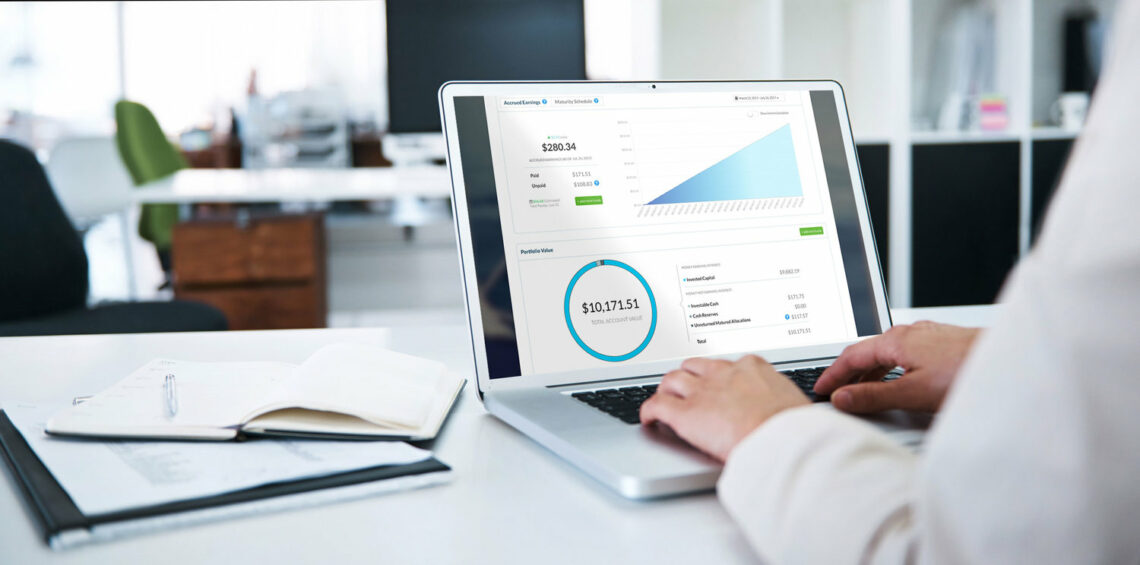How Loan Defaults Work & Investing In Bridge Loans
CREtech Blog

How Loan Defaults Work & Investing In Bridge Loans
Before you start investing in debt in any capacity, it is important that you understand how loan default consequences unfold for investors and debtors alike. Defaults are rare, but they do occur, and you should have a plan for recovering your investment if they should happen. The options open to you will depend on the exact kinds of debt you invest in. Let’s take some time to review debt types and the default options investors in each debt type have.
Understanding Secured & Unsecured Debt
There are two broad categories that all forms of debt can be sorted into. Those are unsecured and secured debt. They are very easy to tell apart, and it is also easy to understand quickly when a form of debt falls into one or the other.
● Unsecured debt is debt that is not tied to an asset. Basically, this is credit debt, and also sometimes signature loan debt. There are also other types of unsecured debt, but they tend to be specialized.● Secured debt is debt that is tied to an asset with a lien that allows the investor to seize the property or take other measures in the event that the loan defaults. Types of secured debt include mortgage loans, vehicle loans, equipment loans, and bridge loans, among other less conventional debt types that are tied to more abstract assets.
What Happens When You Default On A Loan?
If you are the borrower, it depends on your loan company and the type of loan. For secured debt, it is fairly common for the investor to go through the court system to seize the secured assets and resell them. Typically, you are out of the loan at that point, and the investor keeps what is left after the sale, whether it is a profit or a loss. For unsecured debt, there are various collections practices that go into effect. It is likely that your lender will eventually sell the debt to a collections company that will pursue it aggressively.
From the investor side, things look a bit different. Unsecured debt can be difficult to recover after a default, and most sales of debt to collections groups involve a loss to the investor. Unsecured debt also experiences a greater default rate than secured debt. It is true that the returns are better when loans are paid in full, but AlphaFlow invests in only secured debt.
When the borrower defaults on a secured loan, it is not uncommon for the investor to be able to recover the full principal involved in the investment. In some cases, default can even be turned into an opportunity to receive some return on the investment. It all depends on the individual circumstances of the default and the type of secured debt. It is more common for property debt like mortgages and bridge loans than for debts on depreciating assets like vehicles.
What Are Bridge Loans?
Bridge loans have been mentioned a few times to this point, and you might be wondering what they are and why they are important. When real estate speculators need to close on a property quickly so they can improve and re-sell it, these are the short term debt vehicles they tend to use. Typical bridge loan features include:
● Interest rates between seven and 12 percent● Terms between three months and three years● Secured investment assets, typically the property in question
Investing In Bridge Loans
Before you go looking for investment opportunities, it is important that you understand the pros and cons of bridge loans as an investor. On the pro side:
● You invest in secured debt, which gives you recourse to recover your principal● Loan terms are short so investment turnover is high and returns are seen in the short-term● Demand for this loan type is exploding● As a versatile tool for many businesses, this loan will always have professional demand
On the con side:● The short turnover means investing in more loans, which increases your chances of dealing with the occasional default● Default ties up investment assets without delivering immediate returns even if the principal is recovered
Conclusions
Whenever you invest in commercial debt, you take on the risk that the loans you help back will default. That’s a fact of this kind of investment. The fact is, though, that short-term and high-interest debt is not necessarily at greater risk of default than other types. It is seen more often because loan turnover is more common. If your investment partners vet the loans well, then risks can be managed, and if you stick to investments in secured debts, you have recourse whenever a loan does default. That ensures you are protected.
It might slow down your investment growth, but it is incredibly unlikely to leave you in a situation where you experience serious losses, because bridge loans are made to cover property turn-arounds in markets that are experiencing a demand for new housing, so selling a property as a new opportunity is often quite easy if it has to happen, and AlphaFlow has the experience to streamline the process for investors.
